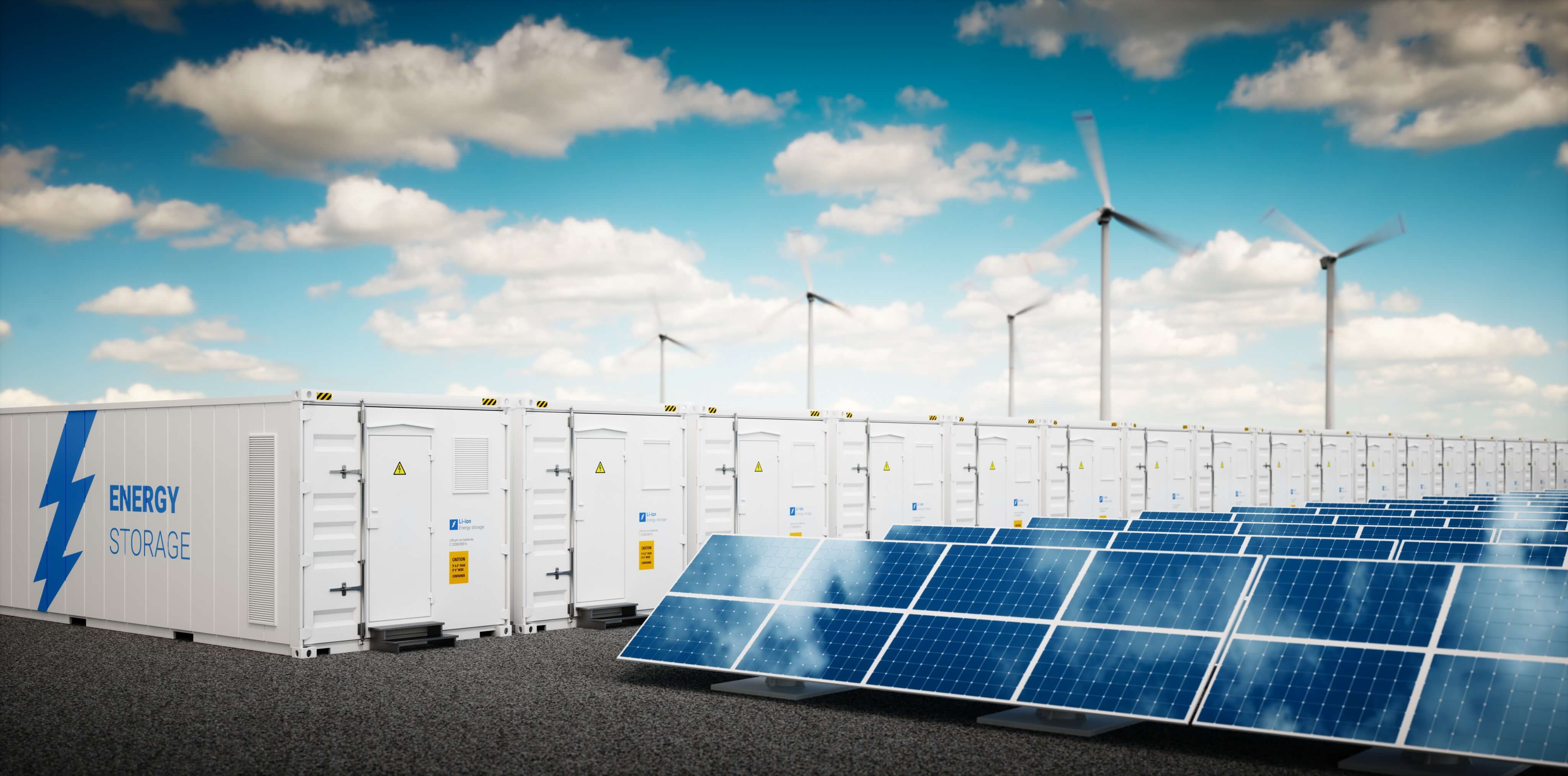
Australia’s renewable energy development pipeline has grown to a record 133GW, prompting leading Norwegian-based energy analyst Rystad Energy to predict that coal-fired generation in Australia may be ‘extinct’ by 2040.
The bleak assessment of the future of coal in Australia comes upon a new assessment of the growth in the pipeline for proposed renewable energy projects in Australia, which Rystad says has surged to new record level of 133GW, up from 94GW of proposed renewable energy projects at the start of 2019.
“New projects proposed in 2019 represent almost A$60 billion in potential investment, with large-scale solar farms leading the charge,” Rystad Energy senior analyst David Dixon said.
Rystad predicts that the combined factors of ageing coal-fired power stations and a boom in new renewable energy projects to serve a green hydrogen export market could rapidly expand Australia’s renewable energy capacity. This could effectively push coal completely out of the Australian electricity market within two decades.
Proposals for 39.4GW of new projects have been made in 2019, with more than half of this capacity representing large-scale solar projects, with large-scale storage and wind projects representing 25 per cent and 21 per cent, respectively. Rystad tracks the global renewable energy development pipeline as part of its RenewableCube service.
The development pipeline and new renewable energy project announcements in 2019 is already outpacing projects proposed in 2018.
Australia currently sources around 22 per cent of its electricity from renewable energy sources and Rystad expects this to grow significantly in coming decades.
“Actually, exports will drive Australia’s renewables’ share of the energy mix closer to 500% than 50% thanks to the rising number of large-scale projects fuelling hydrogen generation,” Dixon added. “This year has seen an increased number of mega renewable projects in Australia, and we expect this trend to continue as state and national hydrogen strategies are forming.”
Rystad has also predicted that momentum will shift behind large-scale renewables, with much of Australia’s coal-fired generation fleet reaching the end of its operational life over the next few decades and growing public demand for renewables from businesses and consumers alike, driving coal out of the market.
Up to 23GW of coal generation capacity is due to be retired between now and 2050, and Rystad predicts this could serve as a catalyst for up to 60-70GW of new solar and wind projects.
“Despite these projects retiring over the next 30 years, we believe coal-fired generation could be extinct by 2040 – as we expect a flood of storage projects entering the system by 2025. Coal will struggle to compete economically in this market and will also be driven out by growing consumer sentiment for cleaner fuel,” Dixon added.
Additional growth in renewables could be spurred by the electrification of LNG processing facilities, that would both reduce costs for Australia’s gas export industry through the use of cheaper renewable sources of electricity to power operations, while also freeing up additional natural gas supplies.
“We expect this trend to continue with energy-intensive users of power and gas – with the electrification of LNG projects presenting a silver bullet for Australia’s East Coast gas crisis,” Dixon said.
Rystad sees three key types of projects driving renewable energy update in Australia: growth in projects serving the National Electricity Market, projects supplying remote resources projects and emerging plans for a renewable energy export industry in Australia.
A consortium of major Australian renewable energy developers is progressing plans for a 15,000MW Asian Renewable Energy Hub in the Pilbara in Western Australia, with aims to supply the Asian market with renewable hydrogen and electricity via an undersea connection.
Earlier in the month, a Siemens backed project proposed in Western Australia outlined plans for up to 5,000MW of wind and solar projects to power the production of renewable hydrogen at the Murchison House Station near Kalbarri.
- Article originally by Michael Mazengarb of RenewEconomy, https://reneweconomy.com.au/huge-wind-and-solar-pipeline-could-make-coal-power-extinct-in-australia-by-2040/